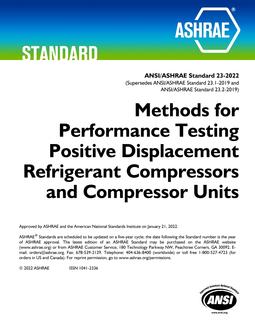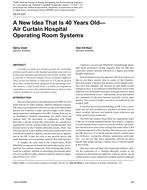A simple and inexpensive way to increase the efficiency of heat pumps used with houses built with crawlspaces is to use the soil beneath the crawlspace as a heat source or heat. Sink for the outdoor unit of the heat pump. Air is preconditioned by the crawlspace soil before passing over the outdoor unit coil.
A model of heat transfer in a crawlspace was developed, and a computer program written to calculate time dependent soil and air temperatures in a crawlspace containing a heat pump Latent heat transfer resulting from soil vapor diffusion was included in the model. Various assumptions regarding vapor diffusion in soils were made in order to match simulated soil and air temperatures. This model, together with the seasonal performance factor heat pump model, was compared with data from an instrumented house and then used to predict heating season crawlspace heat pump performance for crawlspaces different from the experimentally evaluated crawlspace. Results included: a single pass system is not suited for winter operation; adding insulation to the walls of an above-grade crawlspace only improves performance slightly; a crawlspace heat pump in a northern region of the United States could significantly reduce heating season purchased energy compared to a conventionally installed heat pump.
Citation: ASHRAE Transactions, 1984, vol. 90, pt. 1A, Atlanta, GA
Product Details
- Published:
- 1984
- Number of Pages:
- 23
- File Size:
- 1 file , 1.8 MB
- Product Code(s):
- D-AT-2823


